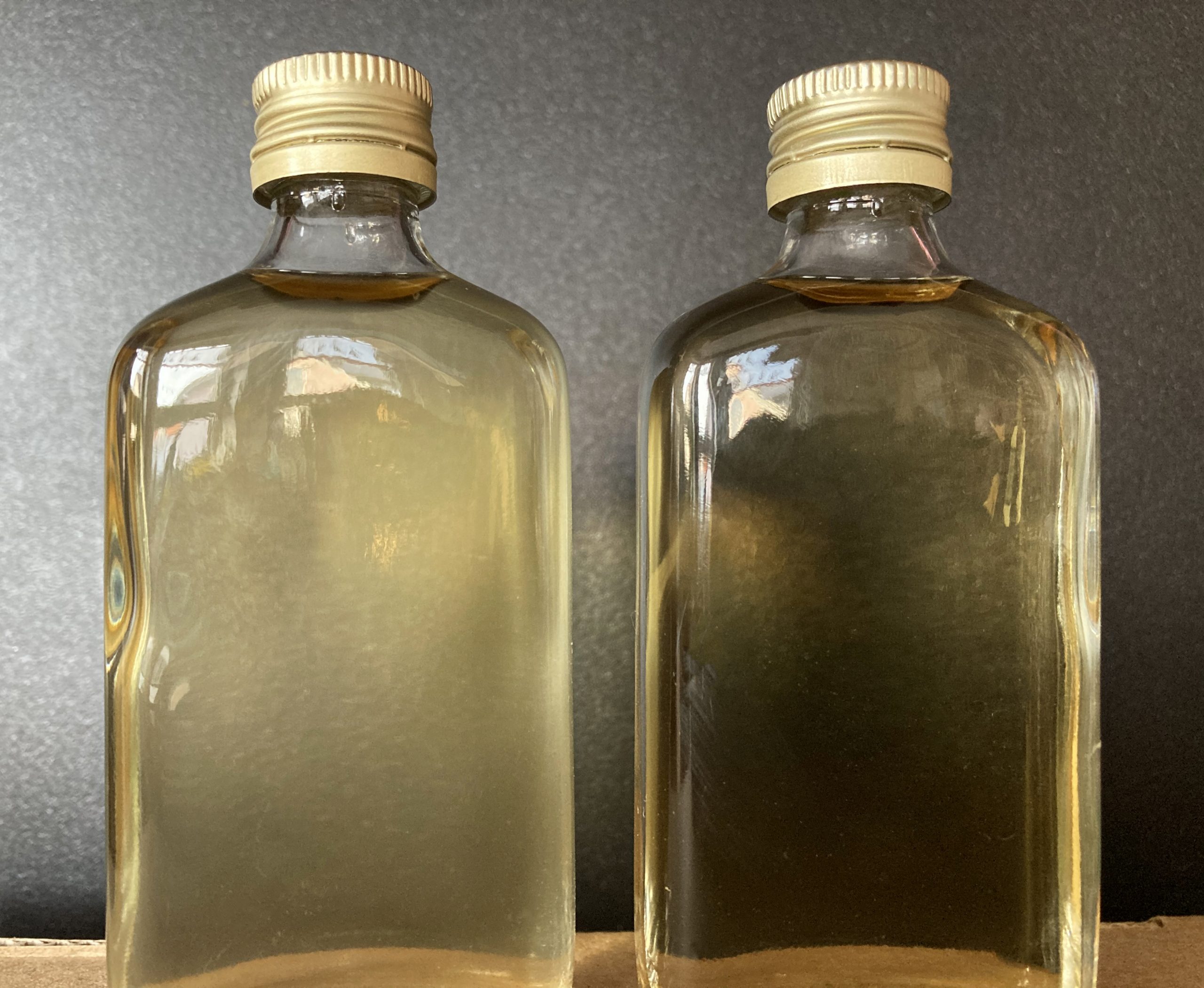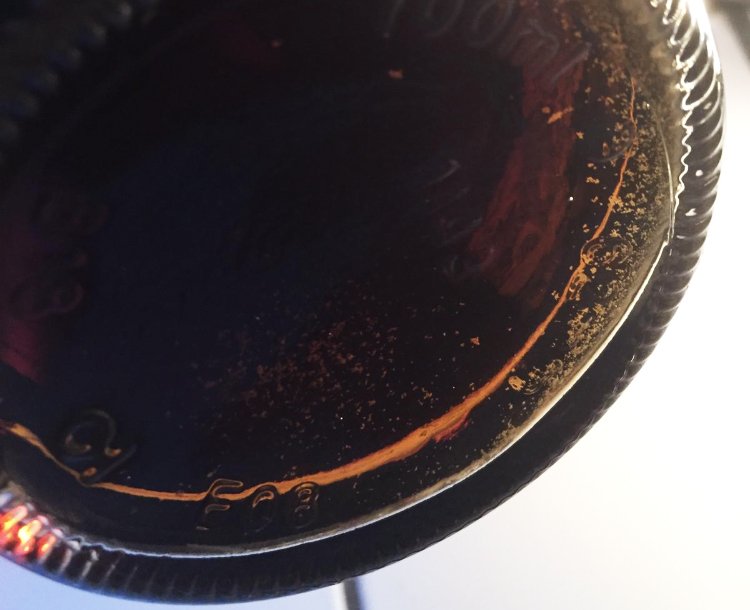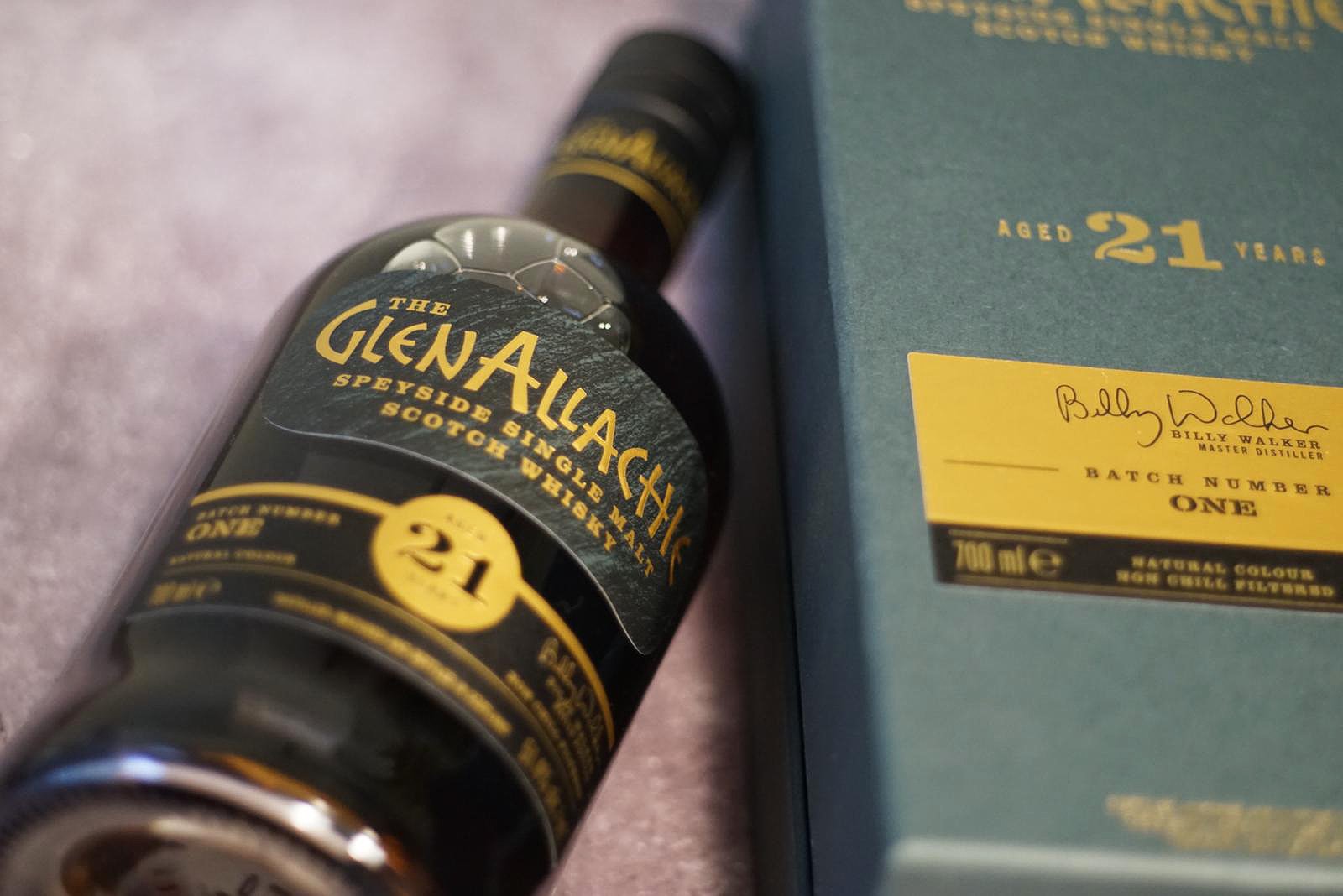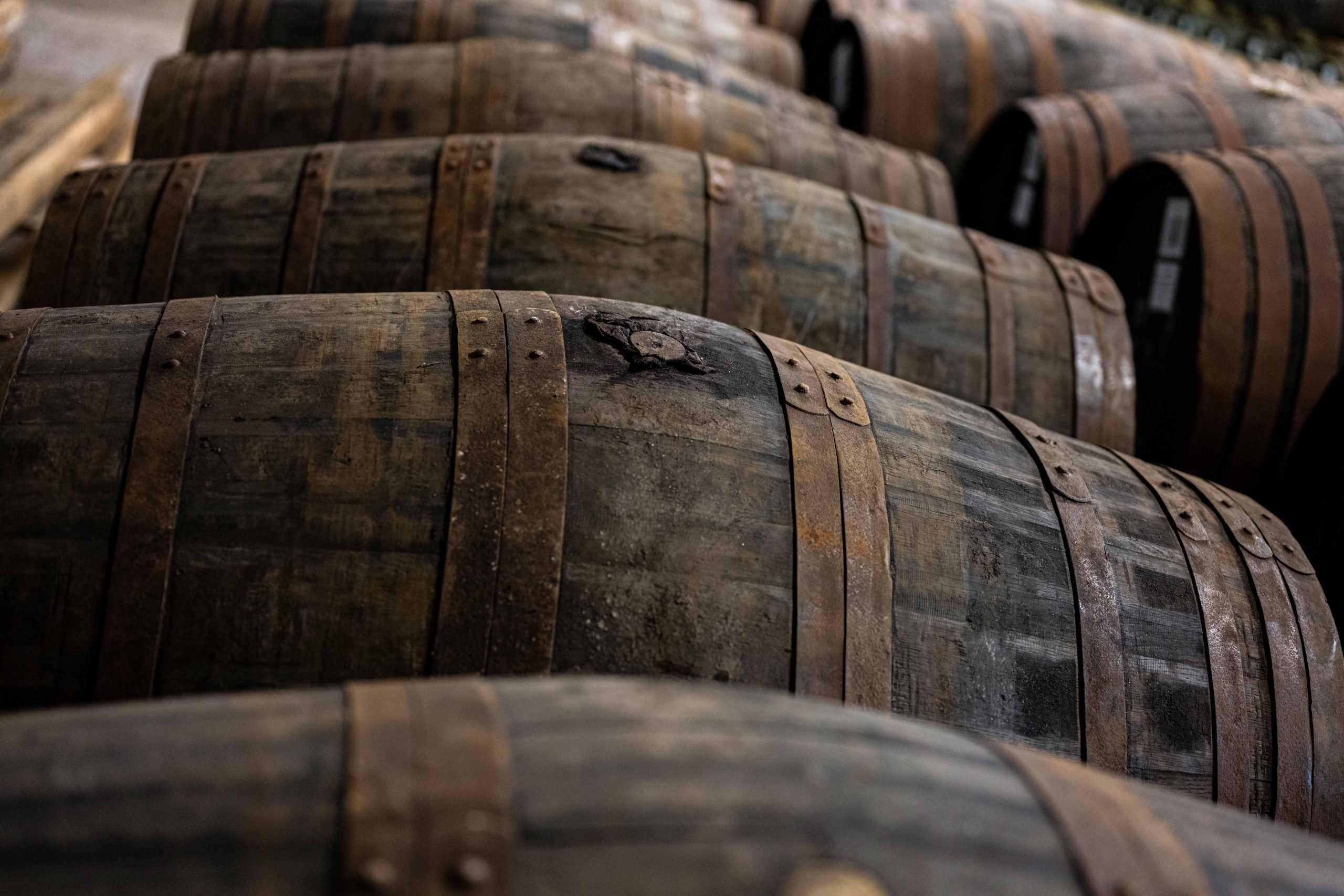
27 Nov 2020
Guest Blog: Chill Filtration of Whisky – What is the rationale behind it?
If a bottle of whisky is sent by post, it can happen, especially in the cold season, that the mostly golden coloured liquid is not crystal clear but slightly cloudy. Is this a cause for concern? A sign that there is something wrong with the whisky or – even worse – that it has gone bad? No, quite the opposite! In fact, this is positive and a sign that this spirit has not been chill filtered before bottling! But what does chill filtration actually mean? What does it cause? Is it just a cosmetic process to get a clearer product or does it even have an influence on the aroma and taste of the whisky? Dr Heinz Weinberger from Whisky-Connaisseur explains.
In its natural state, whisky tends to form a haze and become cloudy. Over time, even light sediments may appear and settle on the bottom of the bottle. The whole thing is an interplay of temperature and ethanol content: the colder and the lower the amount of ethanol, the cloudier the whisky can become in the bottle. In a range between 40% and 46% abv, a slight cloudiness forms even at room temperature, and there is hardly anything one can do about it. Since about 90 per cent of Scotch whisky sold worldwide is blended whisky and most of which is not only bottled at the minimum ethanol content of 40% abv, but is also usually served over ice, it is easy to imagine that this haze was once commonplace. Consumers whose whisky became cloudy in the bottle or glass did not find this spirit very attractive, to put it positively. In the worst case, they either attested the whisky a quality flaw or turned away from it altogether. To avoid this, the whisky industry solved the problem with the help of chill filtration, with Distillers Company Ltd taking a pioneering role around 1933. But it was in the early 1970s that chill filtration was widely adopted by the Scotch whisky industry.

What is chill filtration?
Let us first take a look at the process itself. As the name suggests, after dilution with water to drinking strength and prior to bottling, the whisky is cooled to a low temperature – often around 0°C, sometimes even lower – and the liquid is then passed through a fine filter by means of pressure. During this process, tiny particles and suspended matter, which cause the turbidity of the whisky caused by the cooling, are absorbed and thus filtered out. The so-called cold stabilisation time, meaning the period of time during which the whisky is cooled down, can last up to several hours. A typical filtration method used in the Scotch whisky industry is plate and frame filtration. The filters are fitted with cellulose through which the cooled whisky is passed at medium pressure. There are also temperature and pressure controlled nanofilter systems available. Filtration processes are not uniform in Scotland, but can vary in the choice of temperature, pressure and filter material.
Solubility of ingredients
Cask matured whisky is usually a clear product – gold, amber or mahogany in colour, depending on the cask – and consists mainly of the drinking alcohol ethanol and water. In addition, it contains several hundred different chemical compounds, some of them in low concentrations, which contribute to the aroma and taste profile as well as to the texture and mouthfeel of the spirit. Some of these compounds are soluble in water, others are soluble in ethanol. Then there are those compounds that are even insoluble in water, but are kept in solution by the high ethanol content of the whisky. As a rule, the following applies: The more “water-friendly residues” a chemical compound has, the more water-soluble it is, and the more “fat-friendly residues” are contained in the substance (for example long chains of carbon atoms), the more water-insoluble or ethanol-soluble it becomes. The solubility of a chemical compound also depends on the temperature of the medium and decreases as the temperature drops. This is why compounds that are poorly soluble in water flocculate in whisky at cold temperatures and lead to this cloudiness or haze.
Long chain esters
But which compounds are responsible for the cloudiness in detail? Cask matured whisky, for example, contains substances that are made up of two chemical groups: acids and alcohols. When these two undergo a chemical reaction, a new class of compounds is formed, which attract attention with their mostly fruity aroma: esters. In whisky production, these esters are formed by yeast during fermentation, but they are also built during the years of ageing in oak casks by the chemical reaction of different acids with different alcohols. Since the alcohol ethanol is present in very large quantities, the acids react preferentially with it to form so-called ethyl esters. Certain esters – i.e. those that have been formed from long-chain acids (these are also called fatty acids) – are sparingly soluble in water at lower temperatures or lower alcohol contents, flocculate and cause the whisky to cloud. The most important of these fatty acid esters are ethyl esters of lauric acid (ethyl laureate), palmitic acid (ethyl palmitate) and palmitoleic acid (ethyl palmitoleate). A content of 45% abv is considered the decisive limit for the precipitation of these long-chain esters at room temperature. The ethyl esters of acids with shorter carbon chain lengths, such as acetic acid (two carbon atoms), lactic acid (three carbon atoms) or butyric acid (four carbon atoms) do not cause turbidity issues in whisky. Other compounds that can also be responsible for turbidity are high molecular weight fats and ethanol-soluble lignins from the oak cask.

Effect on taste?
Chill filtration has been the subject of controversial discussions both within the whisky industry and among consumers. While some people believe that the long-chain esters are critical components that count for the richer mouthfeel and sustainability of the flavour in whisky, others question whether possible differences in taste – caused by chill filtration – are perceptible to the human senses at all. In fact, there are no serious scientific studies on the subject of chill filtration and taste, at least no meaningful results have been published so far. On the other hand, some blind tasting studies suggest that the taste – even for whisky experts – is hardly influenced by the chill filtration process. However, a lack of mouthfeel is usually reported. This can be explained by the fact that the clouding fatty acid esters are not very aromatic, but – like ethyl palmitate and ethyl palmitoleate – mainly contribute to this mouthfeel. While some distillery managers consider the residue on the filter after chill filtration of the whisky to be at best marginal from a sensory point of view and therefore, for reasons of product clarity, chill filter all their whiskies before bottling, others think of consumers. Because with an ethanol content of 46% abv in non chill filtered products, consumers simply get more whisky for their money than the 40% abv of the chilled version. That’s surely a bonus.
Reversible and irreversible flocculation
Cloudiness is only a visual problem, if at all, and it is not permanent, but reversible. This means it disappears again when the whisky reaches room temperature. But there is also an irreversible form of flocculation appearing as very small crystals of a lime-like compound called calcium oxalate, which slowly forms in the whisky and settles at the bottom of the bottle. The reason for this is when small amounts of oxalic acid from the oak wood react with similarly low concentrations of calcium ions from the water used for dilution. Although these precipitates are harmless, they leave questions for the consumer. The formation of this irreversible floc can be largely suppressed by using demineralised water when reducing the ethanol concentration of the whisky from cask strength to drinking strength, thereby decreasing the amount of calcium ions to a minimum.
The GlenAllachie 21 Year OId Cask Strength Batch Number One
Eliminating chill filtration of single malt whisky has gained popularity in recent years. The multi-award-winning Speyside distillery, The GlenAllachie, also bottles its whiskies with the label non chill filtered and, in addition, at natural colour. One example where the consumer can experience the full mouthfeel and full taste of a whisky is The GlenAllachie 21-year-old Cask Strength Batch Number One. Bottled at 51.4% abv and limited to 1,600 bottles, this expression which will be batch-released on an annual basis is a real cracker. As one might guess from the mahogany colour, this single malt whisky is not overpowered by the sherry. Obviously, those Pedro Ximénez Sherry casks were selected by the master blender Billy Walker that provided great chocolate aroma to the maturing whisky. The result is an outstanding balance of dark fruit, cocoa and chocolate as well as pleasantly warming spices with a great mouthfeel and a long-lasting finish. A symbiosis of flavours that results in a truly delicious pleasure experience. Full aroma and full taste. That’s what it is all about.
About the Guest Blogger:
Heinz Weinberger has a doctorate in chemistry and turned his hobby into profession in 2016. As Whisky-Connaisseur (www.whisky-connaisseur.de), he is now intensively involved with the amber spirit, is author for several whisky magazines, presents whiskies at small fairs and moderates various tastings. As a scientist, he also has a special interest in the chemical processes during the production and cask maturation of the fresh distillate to finest single malt.








